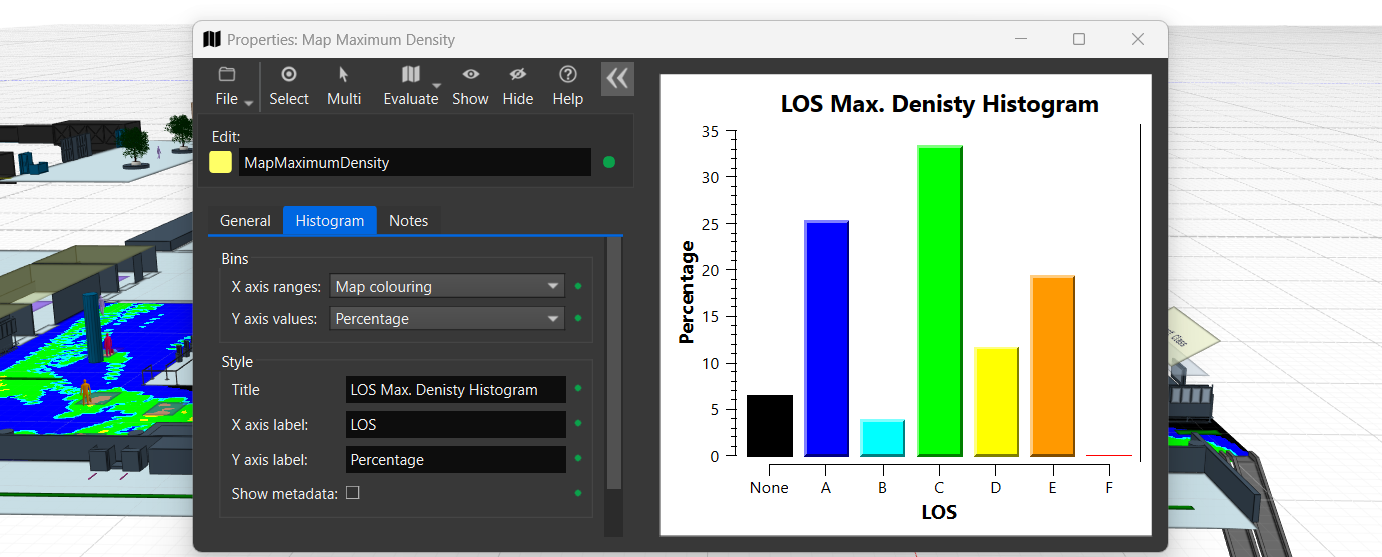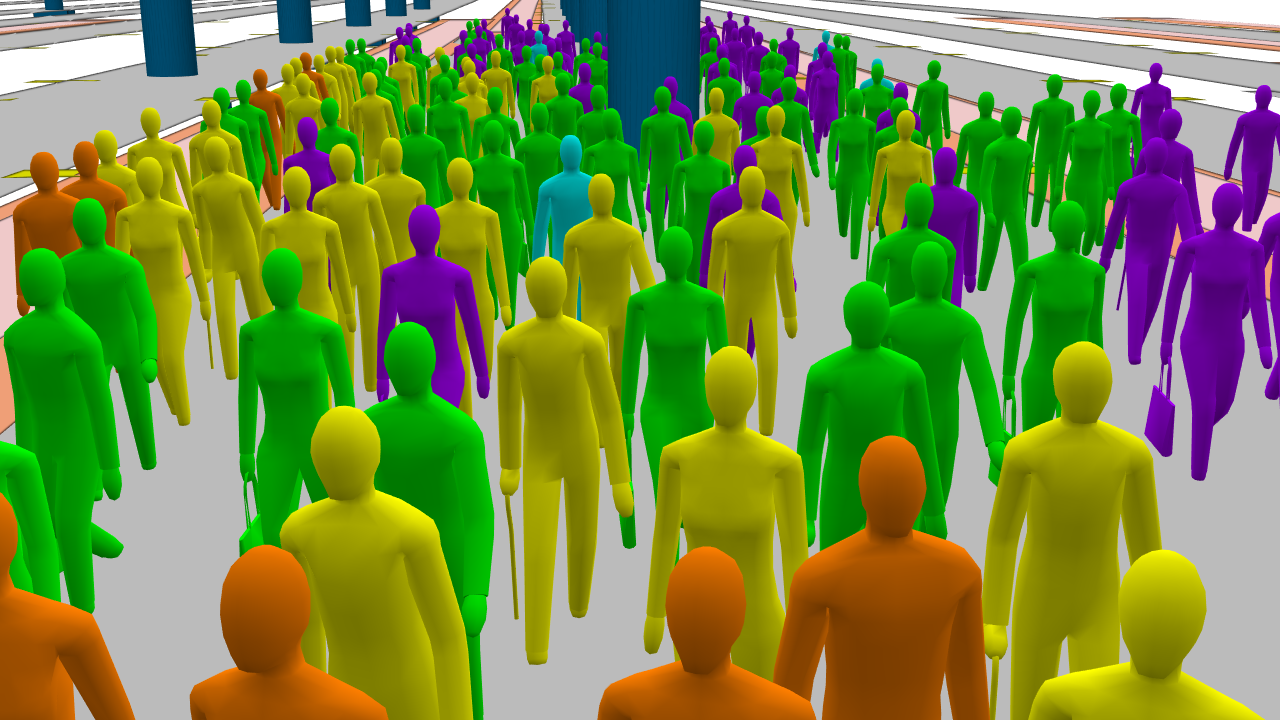In a transformative collaboration, RSP Architects and the University of Minnesota’s Design School have unveiled the potential of crowd simulations in architectural research. Utilising Oasys MassMotion, this partnership has demonstrated how predictive insights into human movement can revolutionise architectural decision-making.
Read the full article.
Drawing upon the article by Derek McCallum and University of Minnesota master’s student Mariangel Meza, the collaboration involved recreating models of existing buildings to uncover patterns of movement and space utilisation. By analysing Campbell Hall retrospectively, and incorporating feedback from original architects and current users, the study highlighted how simulations can inform future design decisions.
“By framing the study through these lenses, the research moves beyond assessing the software’s feasibility or accuracy in replicating real-world scenarios. Instead, the focus is on how architects can integrate these tools into their workflow to uncover patterns that might otherwise go unnoticed, improving spatial efficiency, circulation, and user experience.”
McCallum and Meza found that unlike traditional heat maps and observational studies, the crowd simulations provided quantitative data on movement patterns. This enhances the accuracy and reliability of architectural research, offering a robust foundation for future design innovations.

McCallum and Meza explored how crowd simulations provide invaluable data on how people navigate and interact within spaces, challenging traditional design assumptions. This data-driven approach leads to more efficient and user-friendly buildings, ensuring that architectural designs are both practical and innovative. One of the most surprising findings from the study was the significant impact of wayfinding on building operations.
For instance, in one case the architecture team initially designed the width of an atrium 6-8 feet wider but eventually narrowed it down at the request of other team members. The simulation that was run confirmed the bottleneck in this area which validated the architects’ concerns, proving that using MassMotion at the beginning of the design process would have altered the architecture of the completed building costing valuable time and money.
“While architects anticipate that signage and spatial layout will guide users intuitively, the simulation revealed that certain areas were far more confusing to navigate than expected. This misalignment between design intent and user experience highlights the need for better tools to test wayfinding strategies before construction even begins.”
The study’s real-world applications are evident in its comprehensive analysis of diverse user needs, including accessibility requirements, families with children, and individuals with bulky equipment. This was made possible using agent-based modelling software, MassMotion, which allows you to create digital avatars that simulate real-world users. This inclusive approach ensures that spaces cater to a wide range of users, enhancing overall functionality and user experience.
“Crowd behavior simulations are particularly powerful during the schematic design phase when architects are working with digital architectural models. By testing different layouts, circulation patterns, and accessibility features before construction, designers can make more informed choices earlier in the process, reducing costly changes later.”

As architectural practices continue to evolve, the integration of advanced simulation technologies promises to lead the way in creating more efficient, inclusive, and user-friendly spaces. For example, McCallum and Meza propose that future research could incorporate Virtual Reality (VR) into crowd simulations. This integration would enable architects and clients to explore and interact with spaces that are yet to be built, providing clearer insights for improving user interactions.

The study highlights the strong synergy between crowd simulations and architectural research. It demonstrates how pedestrian simulation software like MassMotion is revolutionising the field, paving the way for more user-centric designs.
Read the full article to learn more about the collaborative research.
Discover Oasys MassMotion and register your interest today to speak to a member of the team.
